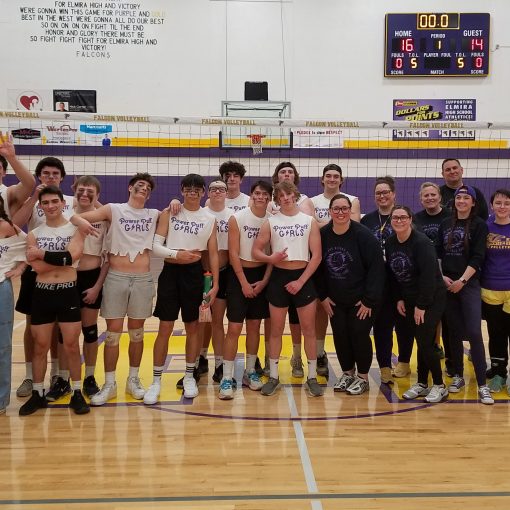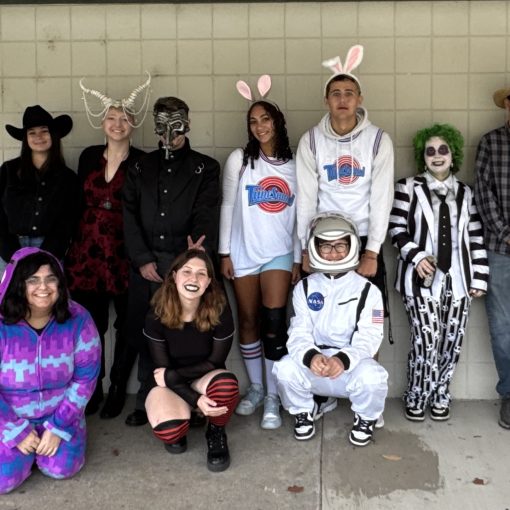Welcome back to Spaceflight Insight: your weekly dose of digestible space news.
On April 3rd NASA announced its crew for the Artemis II mission. Under fanfare, NASA Administrator Bill Nelson told the world the first humans who will return to lunar orbit, and will be the furthest humans who will have been from Earth.
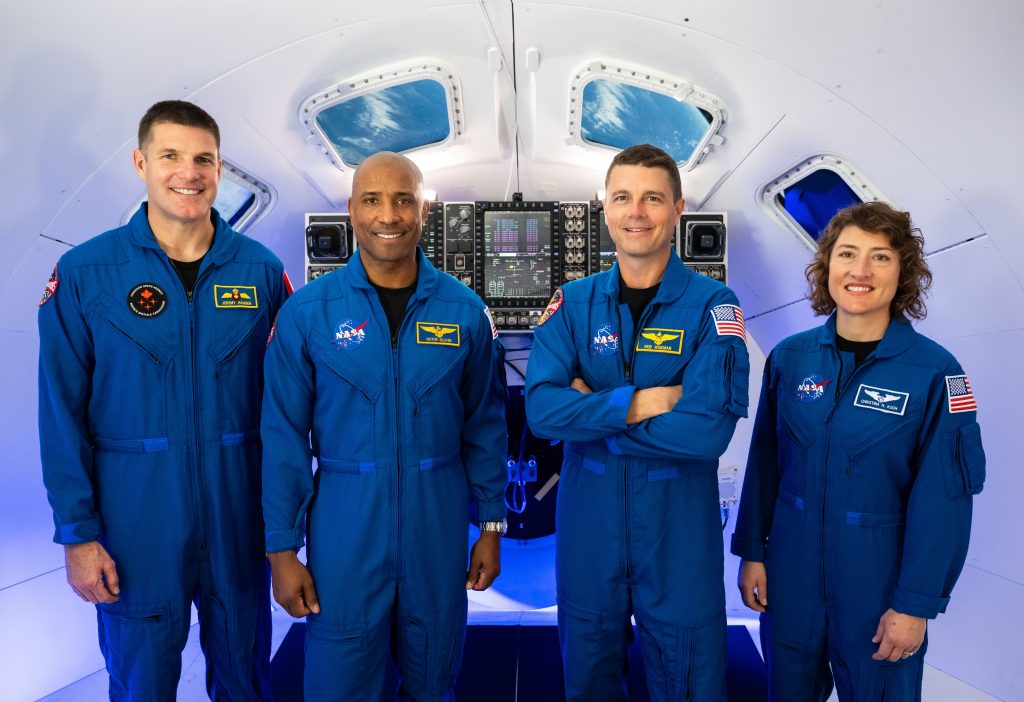
The first astronaut, Christina Koch, Is a decorated astronaut who has a degree in electrical engineering where she started working at NASA Goddard Space Flight Center. Koch holds the record for the longest time spent in space by a Woman with 328 days logged. Koch will be the first Woman to leave low Earth orbit and orbit the Moon.
The next astronaut, Reid Wiseman, will be the mission commander. Wiseman is a Naval Aviator who flew the F-14 during Southern Watch, Enduring Freedom and Iraqi Freedom. He then was transferred to Strike Fighter Squadron 103 to fly F-18s. After retiring from the Navy, Wiseman joined NASA and flew on Expedition 31 where he logged 165 days in space.
Astronaut Victor Glover will be the Artemis II pilot. Glover first became a Naval Aviator where he flew 40 different types of aircraft with over 400 logged aircraft carrier landings. During his tenure as a test pilot he earned a degree in Systems Engineering from the Naval Post Graduate School. In 2013 Glover was selected for the 21st Astronaut Class. Most recently Glover was the commander for the SpaceX Crew 1 Mission. Victor Glover will become the first person of color to leave low earth orbit
Finally we have Canadian Astronaut Jeremy Hansen. Jeremy Hansen previously flew F-18s for the Canadian Air Force. During this time he received a degree in space sciences from the Royal Military College of Canada. In 2009 he was chosen to train as an astronaut for the Canadian Space Agency. Working as a capsule communicator for the international space station, Hansen has spent his career on the ground. Artemis II will be the first time he has flown to space. It will also be the first time a non American left low Earth orbit.
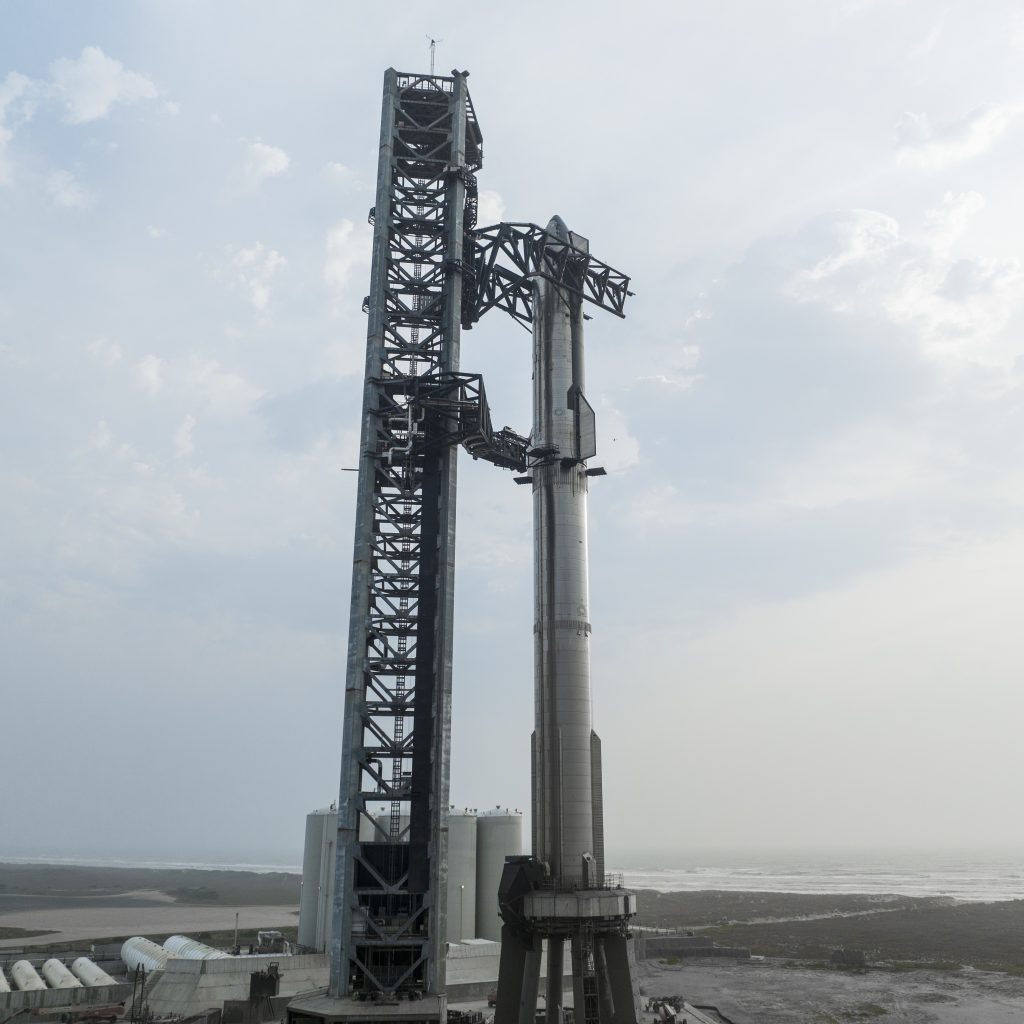
Our next story comes to us from SpaceX. In Boca Chica, Texas, SpaceX’s Starship launch vehicle stands fully ready on the launch pad for its first orbital flight attempt according to a tweet from Elon Musk. The Starship launch vehicle has been in development since early 2019, leading to the first launch of this colossal launch vehicle. When Starship launches it will hold the record for the largest rocket ever made.
The Orbital Flight Attempt has not had a set date announced as it is still pending a launch license from the FAA. Despite this, flight restrictions have been given out to aircraft in the area for April 17th and 18th. This points to these being days that Starship will attempt to launch.
Another story comes to us from NASA’s Stennis Space Flight Center where during pressure testing United Launch Alliance’s Centaur upper stage suffered a dramatic failure leading to a fireball captured on camera. The Centaur upper stage was undergoing testing at the NASA facility for its upcoming use during the debut launch of the Vulcan launch vehicle. While United Launch Alliance has acknowledged the failure, they have not yet stated what caused the issue. This failure means that the first launch of the Vulcan launch vehicle will be further delayed.
Our final story comes from a new spaceflight startup Dawn Aerospace. Dawn hopes to break into the launch market by utilizing a rocket powered space plane to deliver payloads to a high altitude before a conventional second stage carries the satellites the rest of the way to orbit.
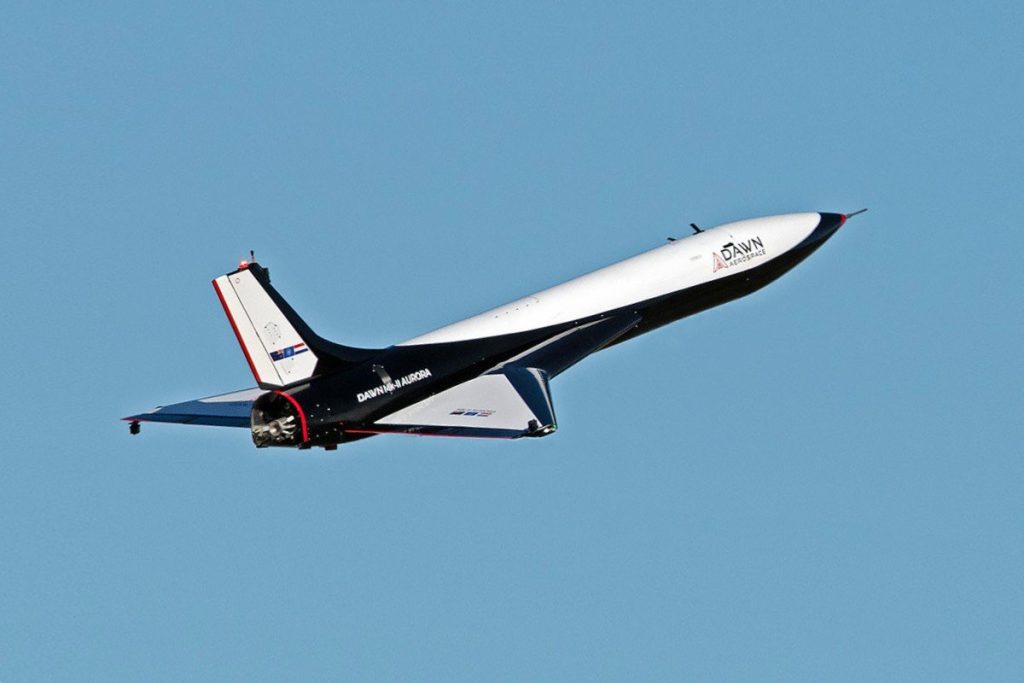
Recently Dawn has been testing the technology using a small scale rocket powered aircraft. On March 29th the Mk-II Aurora took flight for the first time using its rocket engine. Flying to an altitude of 6,000 feet and then returning to the runway, this first flight demonstrates the flight characteristics of the vehicle. Dawn hopes to do more and more ambitious flights with this test vehicle culminating in a test flight reaching the Karman line, otherwise known as the internationally agreed altitude of space.
I hope to make these digestible bits of spaceflight news better, so If you have any aerospace questions or some feedback, don’t hesitate to let me know. Contact me at codyeutsler@gmail.com.
As always, fly safe.



